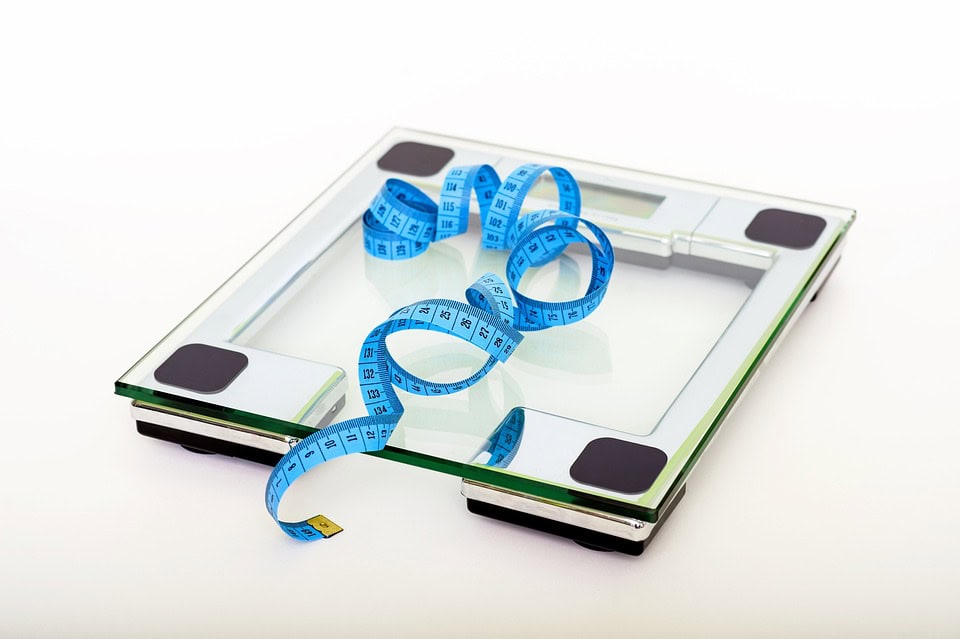By Rebecca Boswell, Ph.D.
Today’s society is heavily focused on thinness and losing weight, from the latest diets to unrealistic body ideals depicted across social media.
Given the pervasive emphasis on body size, people in larger bodies often face weight bias based on their physical appearance.
And it can take a serious toll on their physical and mental health.
Understanding and recognizing weight bias, and stereotypes associated with people in larger bodies, can help promote acceptance and curtail stigma.
What is weight bias?
Weight bias can be defined as negative attitudes and beliefs about people based on body size.
It can take many forms, such as interpersonal bias and stereotyping, and can lead to discrimination against people in larger bodies, including in the workplace as well as in educational and healthcare settings.
Internalized weight bias — combined with the micro and macro aggressions faced by people in larger bodies — can contribute to the development of health conditions such as anxiety, depression, post-traumatic stress disorder, and eating disorders.
Additionally, the stress caused by weight bias can physiologically increase the risk of stress- sensitive physical illnesses and can further exacerbate weight gain.
Unfortunately, however, after experiencing bias some people in larger bodies avoid going to the doctor, which can delay medical care. When people in larger bodies do attend appointments, providers may miss medical concerns and fail to provide appropriate medical recommendations by overly focusing on weight.
Weight bias is prevalent in the United States. In fact, one recent study found that nearly 60% of U.S. residents surveyed experienced some form of weight stigma.
Myth: People in larger bodies are unhealthy.
Body mass index (BMI) was originally developed to simply track height and weight ratios across populations. People with a higher body mass index (BMI) are not inherently unhealthy. In fact, while a higher BMI can be associated with poor health outcomes, low BMI has also been associated with significant health concerns.
While BMI is used today to screen for weight categories that may be associated with health
problems, it fails to consider individual factors, such as health behaviors, heart function, muscle mass, medical history, blood pressure, and cholesterol and glucose levels, all of which are far better indicators of health.
At any size, the body really needs two things: a diverse and appropriate array of nutrients to nourish it and moderate, enjoyable activity to make it stronger.
Myth: Body size is controllable.
There is an incorrect, stereotypical assumption that people in larger bodies are lazy or don’t
have willpower to change their weight.
However, this misses the science of what contributes to body size, including genetic and biological processes that influence an individual’s natural weight or set point, where the body is functioning exactly as it should.
Physiological adaptations can challenge changes that move a person from their set point. In other words, weight change is not as simple as, “calories in, calories out.”
Myth: Praising weight loss helps.
Well-meaning comments about weight can be more harmful than people realize. Pointing out body size or weight loss places a focus on physical appearance rather than the internal qualities that make each person unique. Such comments can be triggering for individuals who struggle with internalized weight bias and/or eating disorder symptoms. Also, changes in physical appearance can occur due to illness or injury and may not be related to health.
Myth: People in larger bodies couldn’t possibly have an eating disorder.
While the stereotype of someone with an eating disorder may be a thin, White, young, affluent female, eating disorders affect people of all sizes, ages, genders, races, and socioeconomic backgrounds. People in larger bodies can be malnourished and, in this instance, an eating disorder is just as serious and could be deadly.
Warning signs of an eating disorder can include:
- Significant decrease in food consumption.
- Restricting or eliminating nutrient categories (e.g., fats, carbohydrates).
- Obsessively counting calories or monitoring food intake.
- Exercising excessively.
- Binging or purging behaviors.
- Frequent laxative use.
- Avoiding mealtimes or social events where food is involved.
The prevalence of weight bias means that eating disorders in people with larger bodies tend to be underdiagnosed. If you are concerned that you or a loved one may have an eating disorder, talk with your doctor and seek treatment.
Care for All Body Sizes
The Penn Medicine Princeton Center for Eating Disorders provides care for adults, adolescents, and children as young as eight of all body sizes who suffer from eating disorders. Treatment includes individual and group therapy, as well as nutrition counseling and medical treatment for any related health problems the individual may be experiencing.
Care is provided by a multidisciplinary treatment team that includes:
- Board certified psychiatrists.
- Registered nurses and mental health associates.
- Licensed psychotherapists, including psychologists, social workers, and professional
counselors. - Registered dietitians/nutrition therapists.
- Consulting physicians who are board certified in their specialty areas.
- Admissions and utilization review professionals.
- Certified teachers to provide tutoring support.
- Specialist providers, as needed.
For more information about the Princeton Center for Eating Disorders call 888-437-1610 Option 3 or visit www.princetonhcs.org/eatingdisorders
Rebecca Boswell, Ph.D., is a supervising psychologist at Penn Medicine Princeton Center for
Eating Disorders.

